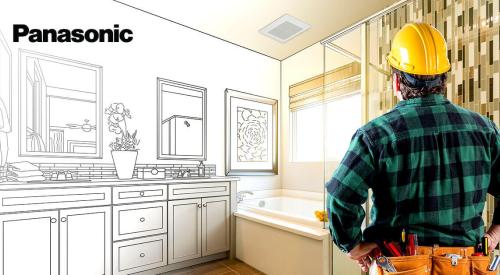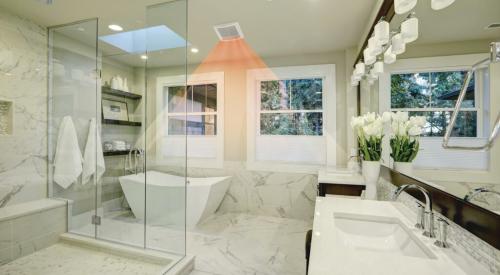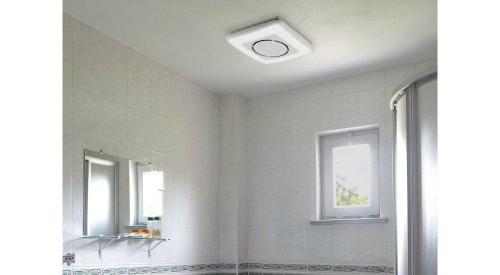The Power of True Flow for Cleaner Indoor Air and a Healthy Home
Building healthy homes is no longer optional. Recent studies show that homeowners’ concerns about IAQ are at an all-time high. It’s no secret that good indoor air quality is necessary for healthy living. The challenge lies in achieving this through an effective mechanical ventilation solution. Some ventilation fans are powerful enough to expel toxins and moisture out of the home, helping create a healthy living environment where occupants can breathe clean air. Unfortunately, many are not.
There’s proof that a vent fan’s listed airflow rating may not mean much. Despite a fan’s advertised cubic feet per minute (CFM) rating, testing by Lawrence Berkeley National Laboratory shows nearly half of all installed ventilation fans fail the required airflow standards outlined in ASHRAE 62.2. That’s a lot of noncompliant vent fans. And a lot of wasted money for builders, contractors, and homeowners.
Without the power to overcome static pressure in real-world installations, the average exhaust fan underperforms when compared to its promised operating specifications. We call this installed
performance.
Based on results of field tests by one of the most renowned building science research institutions, we now know: just because a fan’s specs state a certain CFM rating doesn’t mean it performs at that level when installed in the home.

Installed Performance is not Everything, It’s the Only Thing
Installed performance is a ventilation fan’s ability to move air when installed in a typical home. It is the standard by which all vent fans should be tested and compared. However, most performance testing is
done in controlled environments with optimal conditions, such as in a lab.
Controlled test environments are usually a best-case scenario (ie. straight and short duct runs with no turns) and not reflective of the real-world setting your fan will perform in. A good analogy would be a boxer training in the gym vs. fighting an opponent in the ring. Two completely different environments. One controlled, the other real-life.
For effective ventilation and heathier indoor air quality, installed performance is the only thing that matters.
The Problem: Testing to Minimum Standards
One big reason for all the underperforming fans on the market appears to be the failure to accurately account for actual, real-world static pressure that is present in most homes
Panasonic ventilation fans are built for raw power, with the ability to move air effectively in everyday installed conditions. “That’s why we engineer our fans to perform beyond the minimum 0.1” and 0.25” static pressure benchmarks,” says Russell Pope, Research & Development Manager of Indoor Air Quality at Panasonic Life Solutions.
Panasonic ECM-motored models are the only HVI-certified ventilation fans on the market that overcome static pressure at the True Flow rating 0.375” level, which is more common on typical installations. The result? Optimum CFM output that expels unhealthy air and moisture, regardless of complicated duct runs, allowing you to meet codes, reduce callbacks and build healthier homes.













